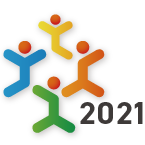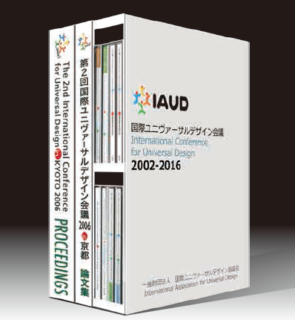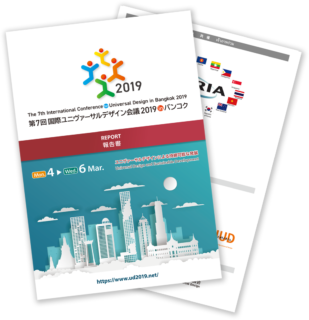2025.05.29
towards2010: The White Imperative 3/3
2010.05.24 Updated
India has three unique strengths as regards UD which are not recognised.
- Its unparalleled plurality experience. It has been coping with a vast diversity of languages, cultures and religions for a long time.
- Its traditions of universality such as “one cloth – fit all” (saree, Dhoti, lungi, gamcha etc.)
- Its codes of respect and duty towards the elderly, disabled and the weak. Hindu scriptures have examples of Shravana, Kubja, and Ashta vakra.
The role of designers:
Presently most Indian designers have little understanding of the economic, social and psychological issues of UD. They confuse UD with design for disability, design for the aged etc. and carry a wholly wrong notion about it considering it as an expensive style.
In fact UD is neither expensive nor complex. It only needs a thought given to diversity while designing and planning.
Small and inexpensive ideas as below can go a long way in creating a universal quality in our living. For example such ideas are :
- Ramps,
- Tactile paths
- Tactile signage
- Simultaneous Visual cum Audio Announcements
- Reducing gap between train compartments and platform
- Railings in toilets
- Bilingual or visual signage
- Reducing the height of switches
- Widening doorways and so on.......
Design process for UD
The design process adopted for UD must have the following factors.
- All users including people with disabilities should have the opportunity to use and benefit from the latest technological advances.
- The designer must have personal experience of a difference or a disability through simulation exercises.
- User participation in a design right from the beginning is essential.
- UD as a method should not be an excuse for not enforcing public policies and not ensuring individual adaptation and assistive technologies.
UD and Business:
In any business the priority is profit because a company is responsible for its shareholders. Accepting this I would say that UD is not necessarily altruism.
UD is good business for three reasons:
Firstly UD is good business because the diverse population is huge and increasing.
If according to business guru CK Prahlad, there is fortune at the B.O.P (bottom of the pyramid), according to me, there is fortune at the S.O.P. (sides of the pyramid) too. In every economic class, there is a proportion of people who are different and in dire need of design. It is a vast, fast growing and affordable market.
Secondly, business exists only if society appreciates it. UD brings such social appreciation.
Thirdly, it is human resource for employment. A difference or disability, innovatively used could be an advantage. The legendary cricketer Chandrasekhar became better leg spinner than ‘normal’ cricketers because of his polio affected limbs.
In conclusion let me reiterate that the aim of UD is not mere creation of products to fit a variety of people but to change our attitude towards differences, to create human integration and celebration of diversities.
Diversity (Disability, old age included) is not someone else’s problem, it is OUR PROBLEM. We all will go through old age, illness, restrictions in lifestyle etc at one stage or the other in life. We ourselves become different. Most ills in today’s society are due to our disability to appreciate our ‘differences’ and accepting the ‘other’.
We all must address it as a part of the society and particularly as responsible Design professionals. For, the life giving white light is actually made of all different colours.
*A part of this paper originated as key note address delivered at the National Institute of Design on 18th July 2008 at the launch seminar of Universal Design Research Chair sponsored by Jamsetji Tata Trust








